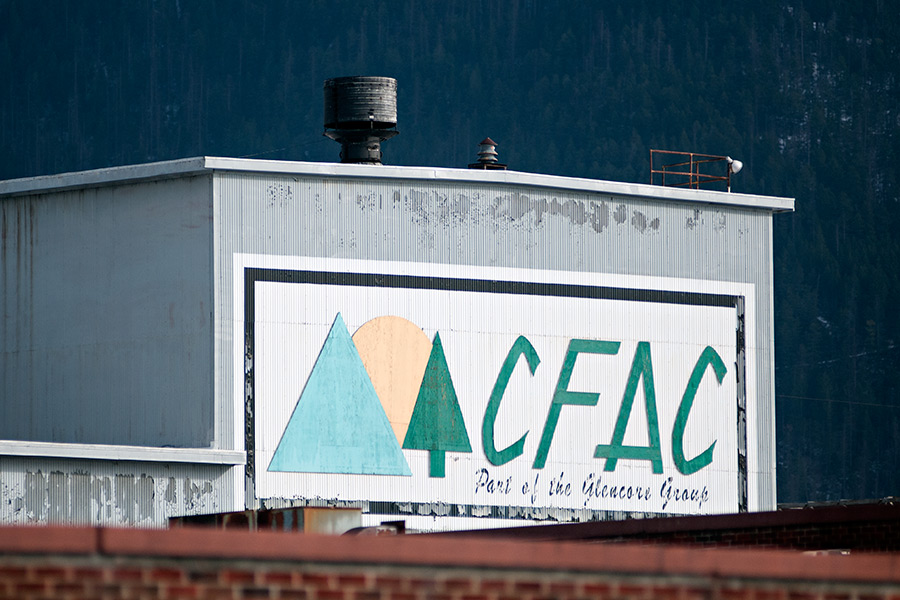The Montana Department of Environmental Quality announced Tuesday that the Columbia Falls Aluminum Company and its demolition contractors will address potential hazardous waste violations at the shuttered aluminum reduction facility near the Flathead River.
The facility contains 451 aluminum reduction cells that each weigh approximately 60 tons and, because they contain chemicals derived from spent pot liners, are listed as a hazardous waste. Spent pot liners were listed by the U.S. Environmental Protection Agency in 1988 as a hazardous waste because they contain toxic fluoride and cyanide compounds that can leach into the water.
DEQ, along with CFAC and Calbag Resources – the contractors CFAC hired to demolish the shuttered facility – have entered into an Administrative Order on Consent that ensures the companies complete the removal project within two years. The agreement exempts them from obtaining a permit for the storage of hazardous waste.
However, if either CFAC or Calbag violates the provisions of the order, which includes a 90-day disposal provision for each individual spent pot liner, they can be fined $1,000 for every day they break the deadline.
“That’s the hammer over their head,” John Arrigo, administrator for the DEQ enforcement division, said. “A year ago, when we began these negotiations, we couldn’t envision how they would remove such a large volume in such a short amount of time, but now with the involvement of Calbag they are taking responsibility of removing it in a timely manner, with an ultimate deadline of two years for the entire removal project.”
The order also exempts CFAC from facing steeper fines under the Montana Hazardous Waste Management Act, which total $10,000 per day.
The plant, located just north of Columbia Falls, has been proposed for listing by the U.S. Environmental Protection Agency on the federal Superfund program’s National Priorities List.
CFAC officials announced the plant had permanently closed in March after years of failed efforts to reopen the aluminum reduction facility.
And while the state supports listing under Superfund, the order on consent does not address the release of Superfund hazardous substances at the site or the demolition and disposal of the facility or equipment.
“This only deals with spent pot liners and other residual waste. It has nothing to do with the potential Superfund site or groundwater contamination,” Arrigo said. “It does not deal with past releases, but only the disposal of spent pot liners.”
Arrigo said the EPA would work in close consultation with the DEQ through a separate process to ensure a protective cleanup of the site under the federal Superfund program.
CFAC and Calbag will submit a plan for the proper removal of the spent pot liners and other regulated hazardous wastes from the Pot Room Building and for the proper transport and off-site disposal of the wastes at a permitted disposal facility. Once the process of removing the waste begins, CFAC and Calbag will have 90 days to process, store and transport the waste from that individual site to a permitted hazardous waste disposal facility.
